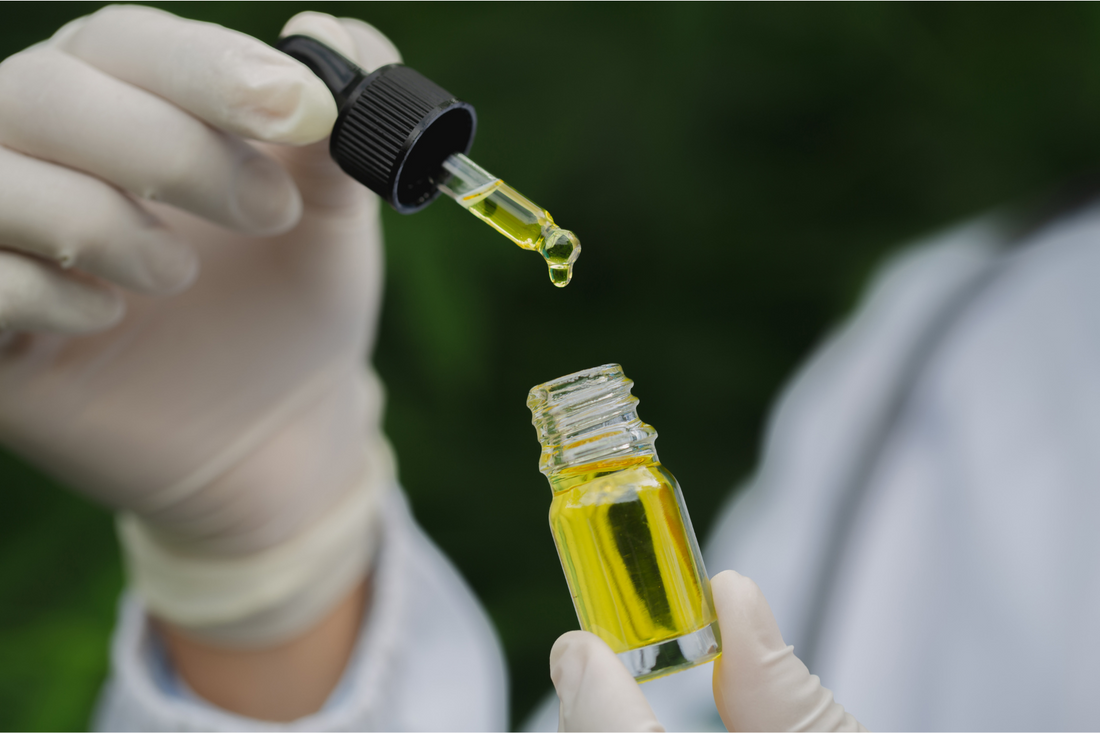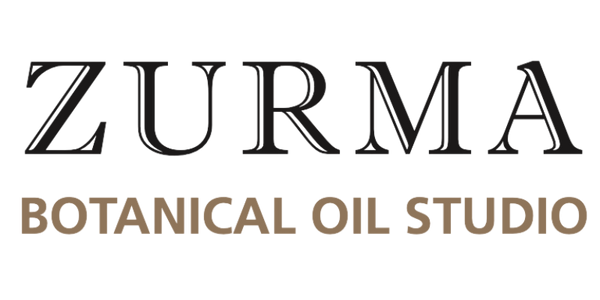
The Hidden Issue of Essential Oil Adulteration: What You Need to Know
Share
The essential oil industry is growing rapidly—but with that growth comes increasing risk of adulteration. While it’s easy to assume that all oils labelled “pure” or “natural” are the real thing, the reality is more complex. Many essential oils on the retail market today are diluted, extended, or synthetically altered to cut costs and increase profits. For both consumers and aromatherapists, knowing what to look out for is vital.
Adulteration can take many forms—and methods are becoming increasingly sophisticated. The most common technique is the addition of synthetic aroma compounds such as linalool, limonene, or eugenol. These are often used to mimic the scent of the genuine oil but lack the trace compounds that contribute to therapeutic action.
Another common method is extending high-value oils with cheaper natural oils. For instance, Rose may be diluted with Palmarosa, or Sandalwood replaced with Amyris. While these may seem chemically close, they behave very differently on the skin and in clinical aromatherapy.
Some oils are adulterated using natural isolates or reconstituted fractions—that is, oils reconstructed from isolated components obtained through fractional distillation. Although each part may be naturally derived, the complex synergy of the original oil is lost. These can often pass basic tests unless detailed GC-MS fingerprinting is performed.
Fixed oils and solvents like propylene glycol or vegetable oils may also be added to stretch the volume. These can be difficult to detect by scent alone but may leave a greasy residue or cause skin irritation over time. Even more concerning is the intentional botanical substitution, such as selling Lavandin in place of true Lavender, or using a lower-grade species with similar olfactory notes. These substitutions alter the oil’s therapeutic potential significantly.
A newer frontier of adulteration involves biosynthetics and biotech-derived aromatics. These are aroma molecules produced via microbial fermentation or enzymatic synthesis and marketed as "natural-identical." While technically close to the compounds found in plants, they do not contain the full chemical spectrum of distilled oils and may be inappropriate for therapeutic use.
Finally, some producers manipulate colour and stability—using UV stabilisers or synthetic dyes to make oils appear fresher or more appealing. These additions are rarely disclosed and serve cosmetic purposes only, not therapeutic value. These practices matter because the therapeutic efficacy of essential oils depends on their chemical integrity. A genuine Lavender oil contains a balanced array of esters and alcohols that contribute to its calming, anti-inflammatory and regenerative effects. An adulterated version may still smell pleasant but lack these properties—or contain residues that increase the risk of sensitisation or toxicity.
For retail buyers, claims like “100% pure” or “therapeutic grade” are not regulated terms. Instead, look for transparency: Does the supplier provide GC-MS reports? Are they clear about country of origin, extraction method, and botanical species (including chemotype, where relevant)? Does the oil oxidise quickly or cause unexpected reactions on the skin? These are warning signs that should not be ignored.
Aromatherapists should be especially cautious. Even subtle adulterations can alter an oil’s action—turning a soothing blend into a skin irritant, or rendering antimicrobial treatments ineffective. With biosynthetics and reconstituted oils entering the market more frequently, it’s vital to rely on trusted sources, especially when working with sensitive populations or in clinical settings.
The takeaway? Know your supplier. Ask for batch-level testing. And don’t assume that a high price equals high quality—some of the most adulterated oils still command premium prices due to clever marketing. For those who use essential oils not just for scent but for wellbeing, vigilance is more important than ever.
